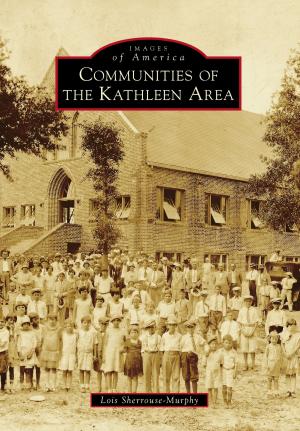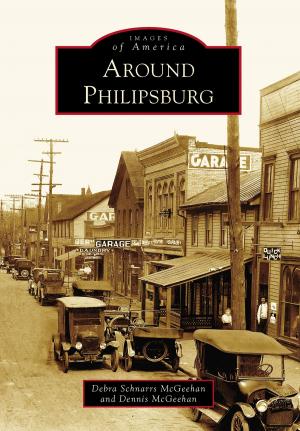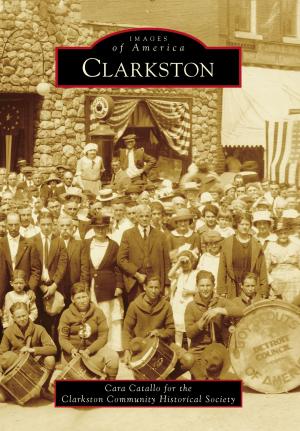South Temple Street Landmarks
Salt Lake City’s First Historic District
Nonfiction, Art & Architecture, Architecture, Public, Commercial, or Industrial Buildings, Travel, Lodging & Restaurant Guides| Author: | Bim Oliver | ISBN: | 9781439659373 |
| Publisher: | Arcadia Publishing Inc. | Publication: | January 30, 2017 |
| Imprint: | The History Press | Language: | English |
| Author: | Bim Oliver |
| ISBN: | 9781439659373 |
| Publisher: | Arcadia Publishing Inc. |
| Publication: | January 30, 2017 |
| Imprint: | The History Press |
| Language: | English |
From the earliest days of settlement, South Temple was Salt Lake's most prestigious street. In 1857, William Staines built the Devereaux House, Salt Lake's first of many mansions. The once-bustling Union Pacific Depot eventually found itself increasingly isolated. Downtown's "gleaming copper landmark" overcame numerous hurdles before its construction was finally finished, and the Steiner American Building helped usher in acceptance of Modernist architecture. Evolving to reflect its continued prominence, in 1975, the thoroughfare's core became the city's first local historic district, and in 1982, it made the National Register of Historic Places. Author and historian Bim Oliver celebrates the changing landmarks along these famous eighteen blocks.
From the earliest days of settlement, South Temple was Salt Lake's most prestigious street. In 1857, William Staines built the Devereaux House, Salt Lake's first of many mansions. The once-bustling Union Pacific Depot eventually found itself increasingly isolated. Downtown's "gleaming copper landmark" overcame numerous hurdles before its construction was finally finished, and the Steiner American Building helped usher in acceptance of Modernist architecture. Evolving to reflect its continued prominence, in 1975, the thoroughfare's core became the city's first local historic district, and in 1982, it made the National Register of Historic Places. Author and historian Bim Oliver celebrates the changing landmarks along these famous eighteen blocks.















